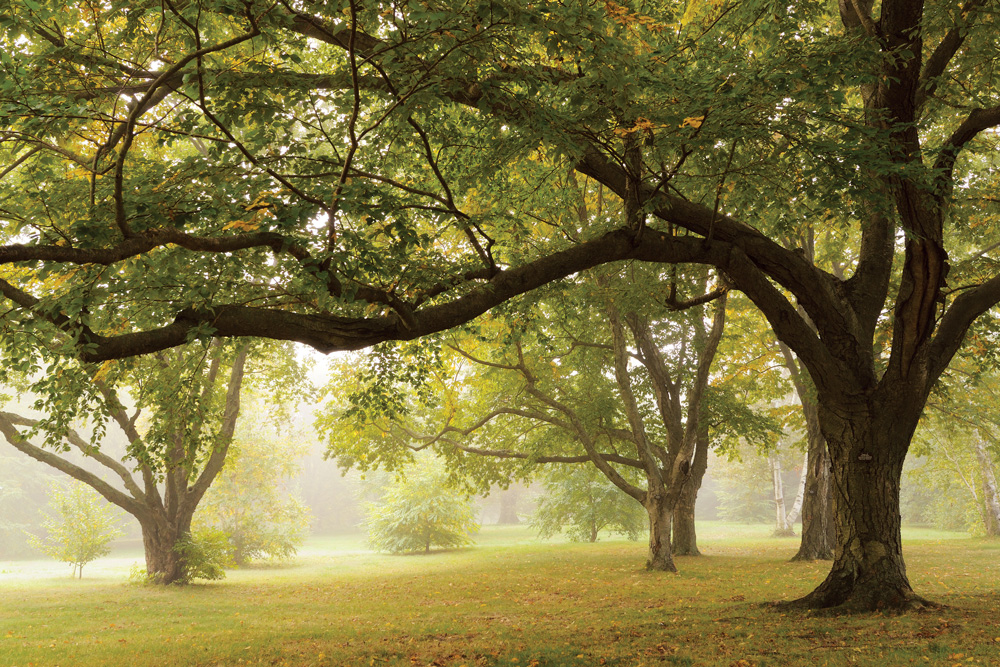Arnold Arboretum | New England’s Gifts
No other arboretum in North America is so old. Few boast more trees and shrubs gathered from around the globe. Arnold Arboretum, Harvard’s magnificent library of trees, 281 acres between South and Centre streets in Jamaica Plain, has always had two tasks: first, to provide a museum of well-ordered woody plants; second, to provide random […]

“We want a ground to which people may easily go,” Frederick Law Olmsted wrote, “where they shall, in effect, find the city put far away from them.” More than 13,000 plants pass the baton of color through the seasons here at Harvard’s Arnold Arboretum. —C.S.
Photo Credit : Erik Gehring
Photo Credit : Erik Gehring
No other arboretum in North America is so old. Few boast more trees and shrubs gathered from around the globe. Arnold Arboretum, Harvard’s magnificent library of trees, 281 acres between South and Centre streets in Jamaica Plain, has always had two tasks: first, to provide a museum of well-ordered woody plants; second, to provide random delight. Wisdom and wonder.
Its creation fell in 1872 to an unlikely man, 27-year-old Charles Sprague Sargent, who’d ranked 88th in his class of 90 at Harvard. This was his second chance: to transform the hills and valleys of a former farm into America’s first public arboretum, to find every shrub and tree and herbaceous plant in the world that could withstand the New England climate and bring it here. He was appointed director two days before he married, and he used his honeymoon to collect plants. The fieldwork itself was monumental enough, but how could tens of thousands of acquisitions be arranged in logical order, easily accessed by scholars, but planted in such a way that the seedlings had room to grow?
Luckily, he had help. Frederick Law Olmsted, America’s first landscape architect, was appointed park designer. He set copses and hangers of trees similar in form along the natural folds of the land. Together, he and Sargent grouped plants in sequence by family and genus, beginning with the most primitive near the Arborway Gate entrance on through the more morphologically complex conifers at Bussey Brook.
More than a century later, this layout remains essentially intact, a National Historic Landmark. Scholars come from around the world to do research here. But it’s not a collection that stands still for study; it continues to grow and die and shift. Trees from Mongolia share the sun with trees from France, from Russia, from Boston.
You see the wisdom of plants here. Having seen it, you return to the city streets a little wider around the eyes, welcomed back to the living world.
—“Garden of Wisdom and Wonder,” by Christine Schultz, April 1997


